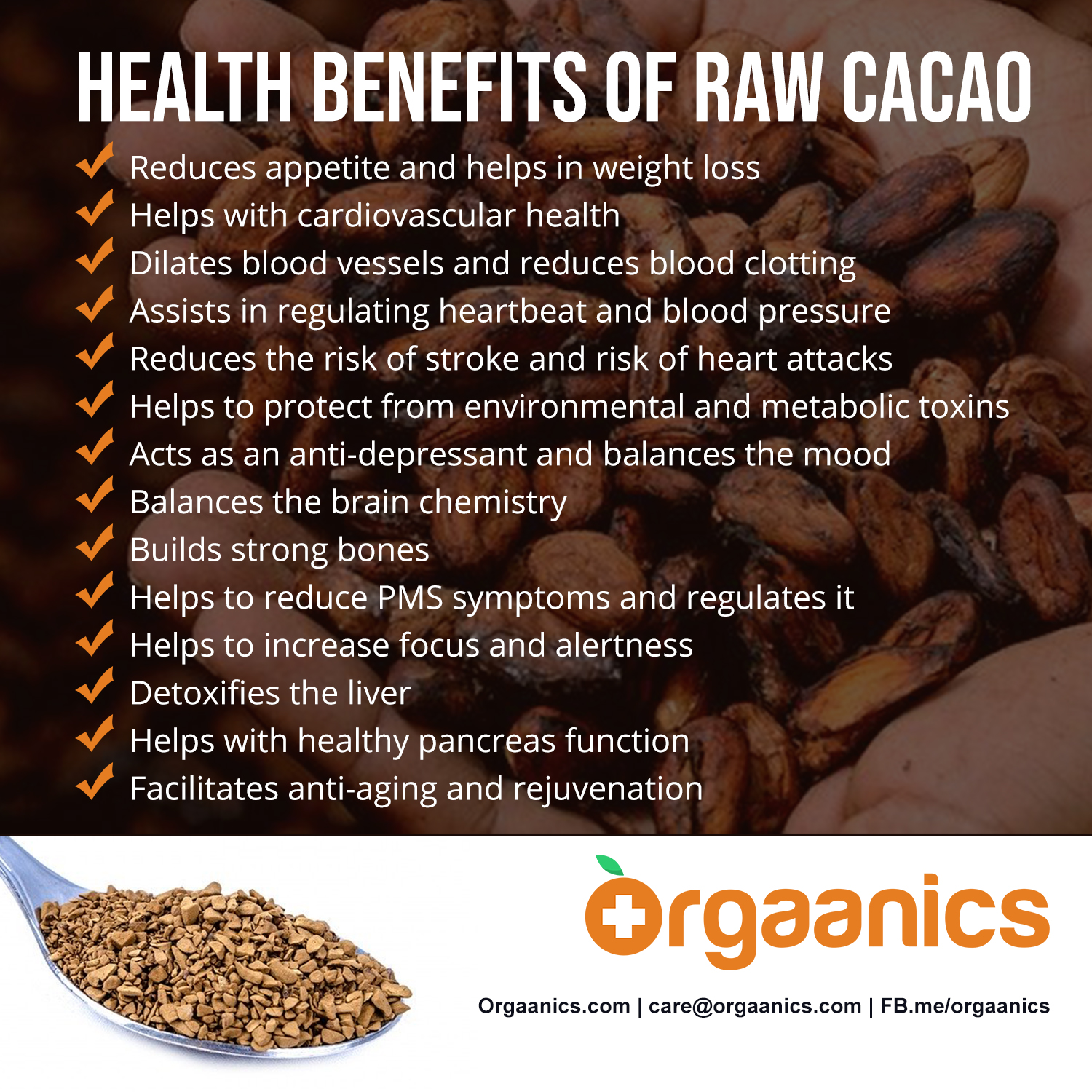Diabetes occurs when someone has high blood sugar for a long time. Sugar is what fuels our body, but when too much sugar circulates in our bloodstream, it can cause serious health problems.
Early symptoms of diabetes include weight loss, extreme hunger, unusual thirst, and frequent urination. High blood sugar damages the small blood vessels within the body, which can lead to blurry vision, cardiovascular disease, and slow-healing wounds. Without treatment, diabetes can be fatal.
Read on to learn more about the three main types of diabetes.
Type 1 Diabetes
Our blood sugar level is controlled by insulin – a chemical produced by beta cells that are found in the pancreas. Sometimes, the immune system mistakenly attacks the beta cells, destroying them and preventing the body from making insulin.
This type of diabetes is known as type 1. It is sometimes called “juvenile diabetes” because it is often diagnosed in childhood. However, type 1 diabetes can occur at any age, and a majority of people with type 1 diabetes are adults.
Type 1 diabetes can be inherited. In people with genetic susceptibility, diabetes can be caused by various environmental triggers. These triggers may include various viruses as well as dietary factors, but scientists do not fully understand all the triggers yet.
People with type 1 diabetes must carefully monitor their blood sugar and give themselves regular insulin injections to keep their blood sugar steady. Diet and lifestyle modifications are also important in dealing with type 1 diabetes. People with this condition have to balance how much they eat carefully, what type of food they eat, how much they exercise, and how much insulin they take to keep their blood sugar as steady as possible.
Type 2 Diabetes
In contrast to type 1 diabetes where the pancreas stops making insulin, in type 2 diabetes, the body’s cells stop responding to insulin. Type 2 diabetes is caused by diet and lifestyle factors, as well as genetics.
The key risk factors for type 2 diabetes are obesity, lack of physical activity, poor diet, stress, and a high waist-to-hip ratio in those who are not obese. Doctors used to think that only adults get type 2 diabetes, but in recent years, it has been diagnosed more and more in children.
Type 2 diabetes can be controlled and prevented by lifestyle changes, but many people with type 2 diabetes will require medication. By starting an exercise regimen and changing their diet, many people with type 2 diabetes can achieve remission, in which their blood sugar levels return to normal, and they no longer require medication. However, diabetes symptoms can return if they do not maintain their dietary and lifestyle changes.
Gestational Diabetes
The third type of diabetes, gestational diabetes, occurs in pregnant women with no prior history of diabetes. Doctors test for gestational diabetes as part of routine prenatal care.
To protect yourself against diabetes and many other illnesses, drink Theobroma Superfood from Orgaanics.

